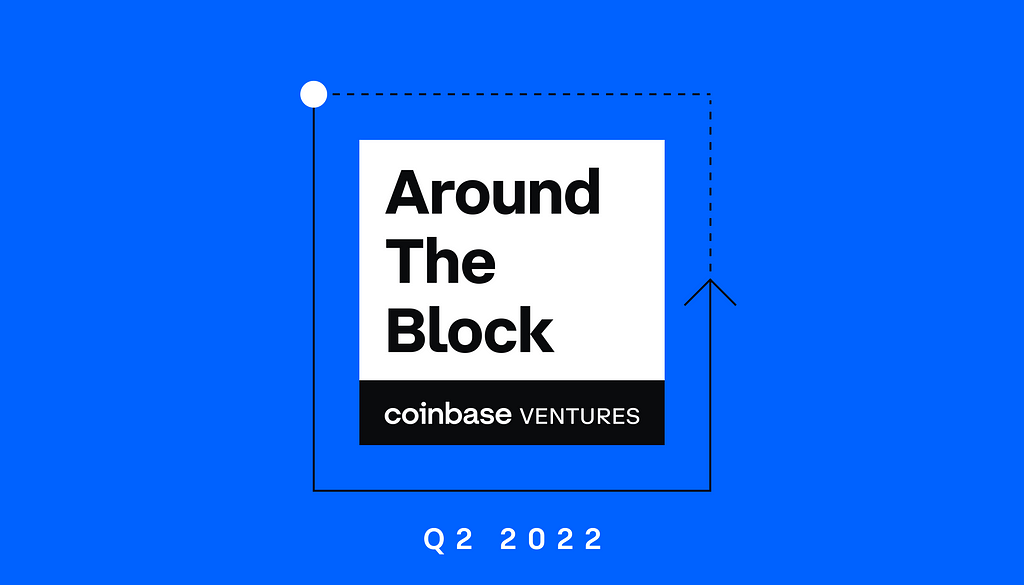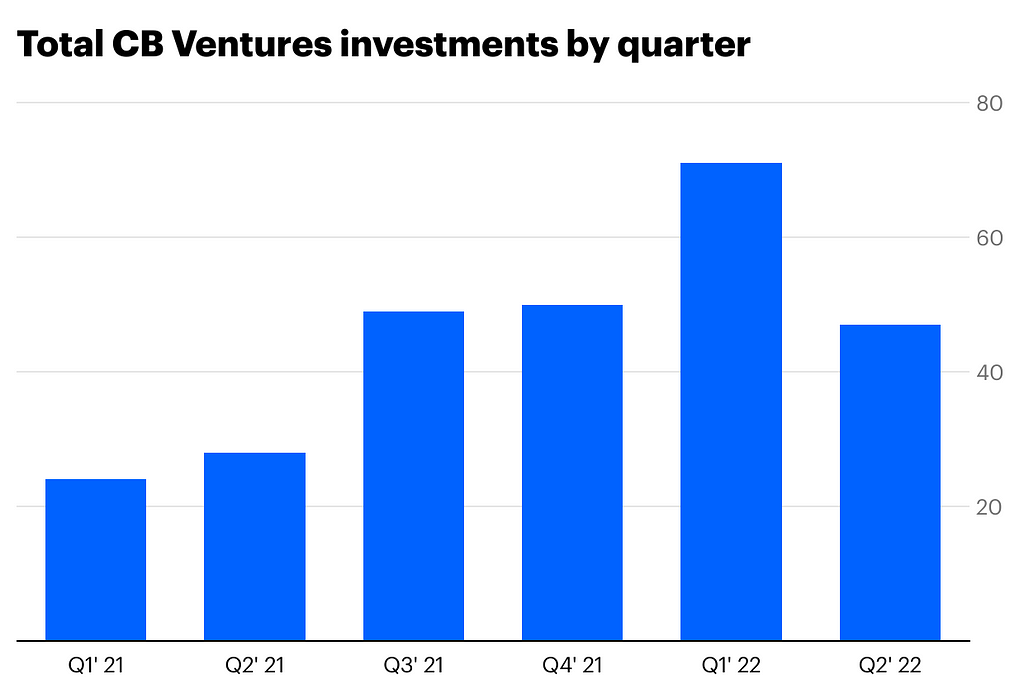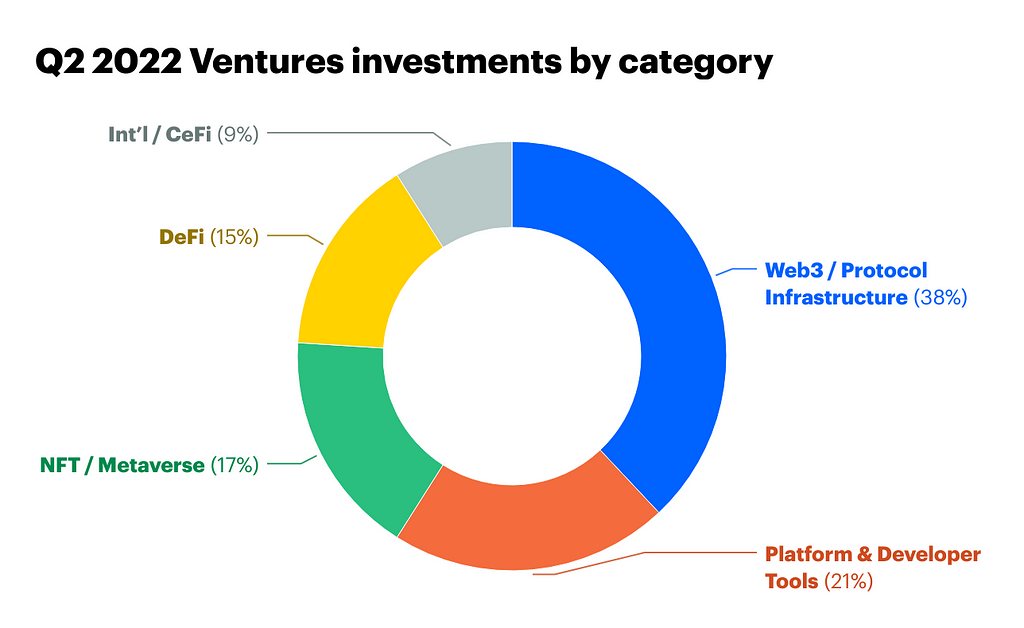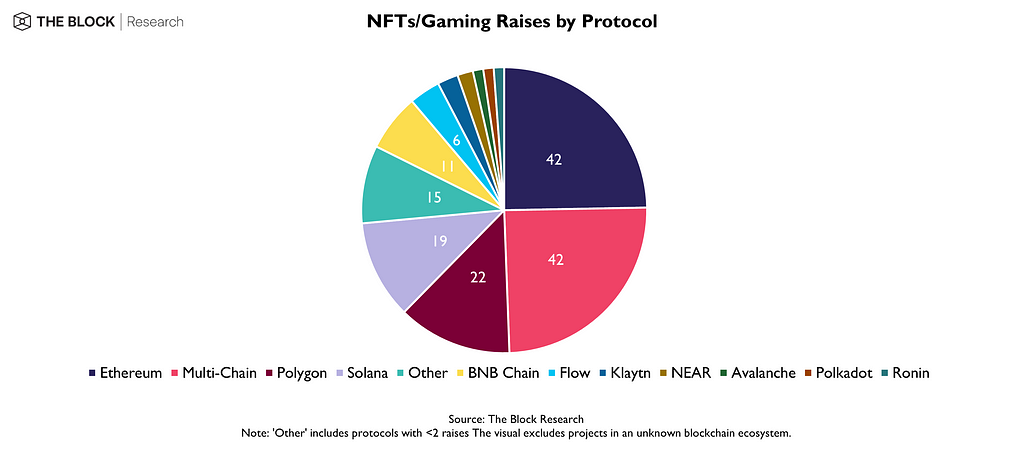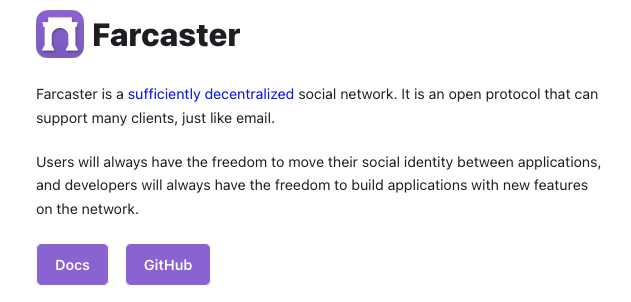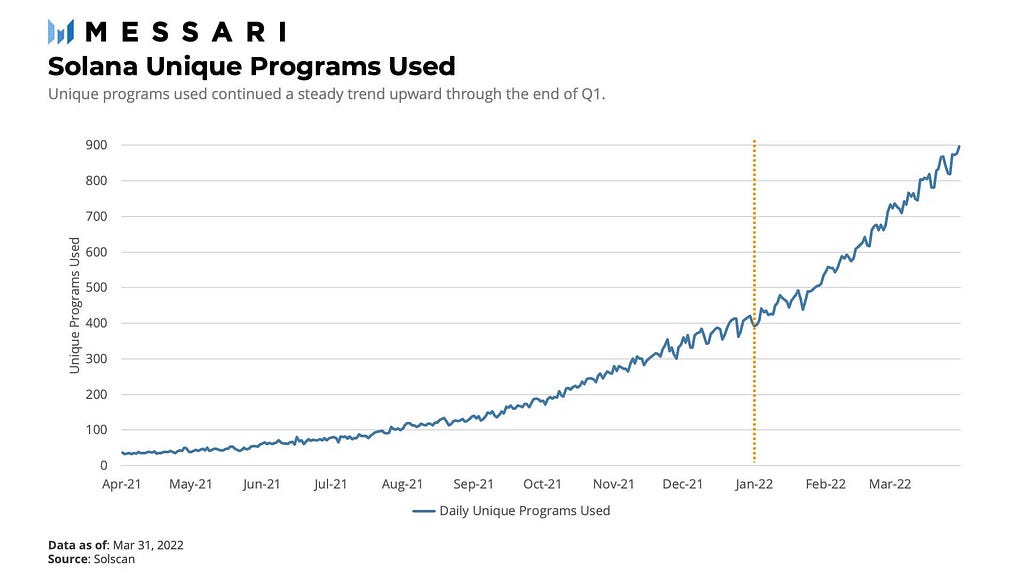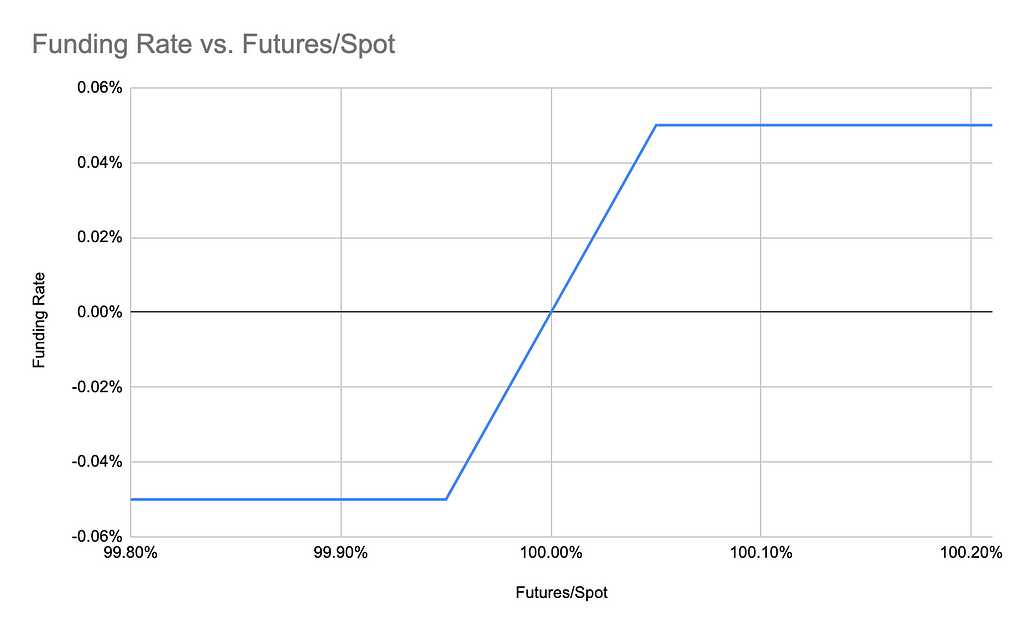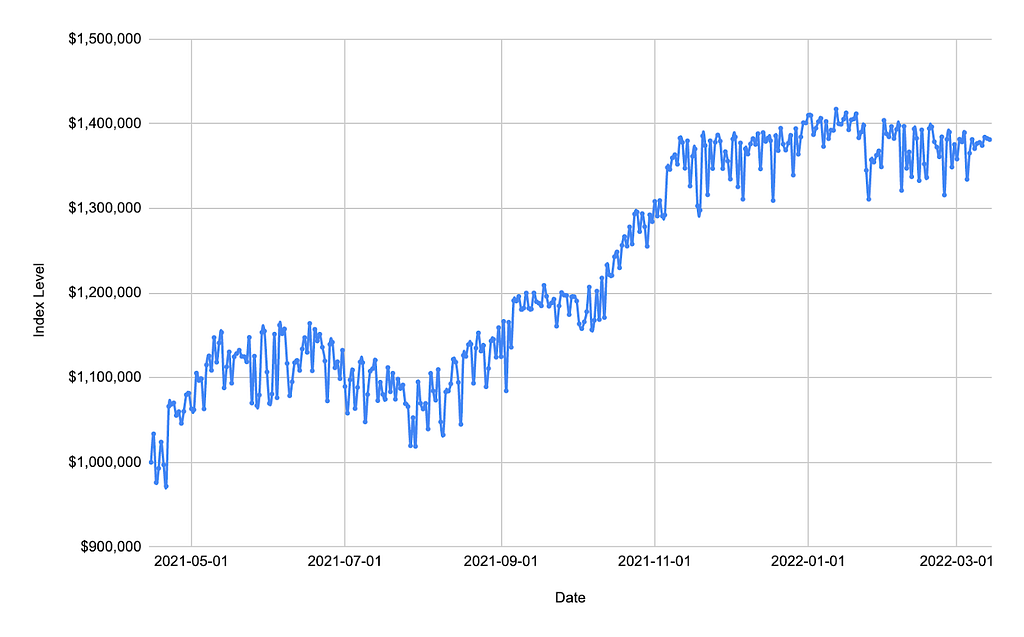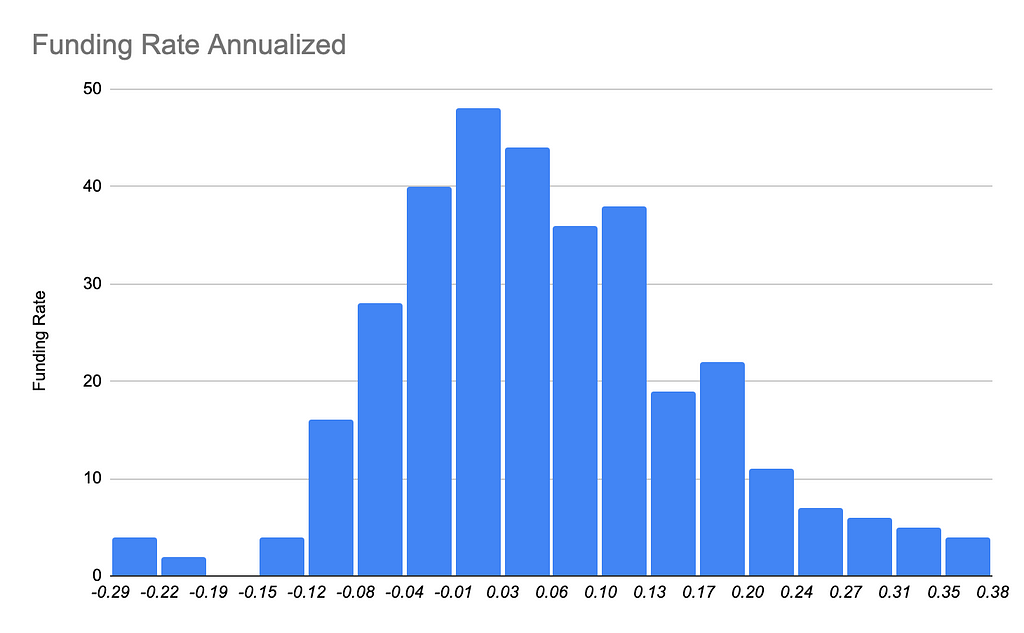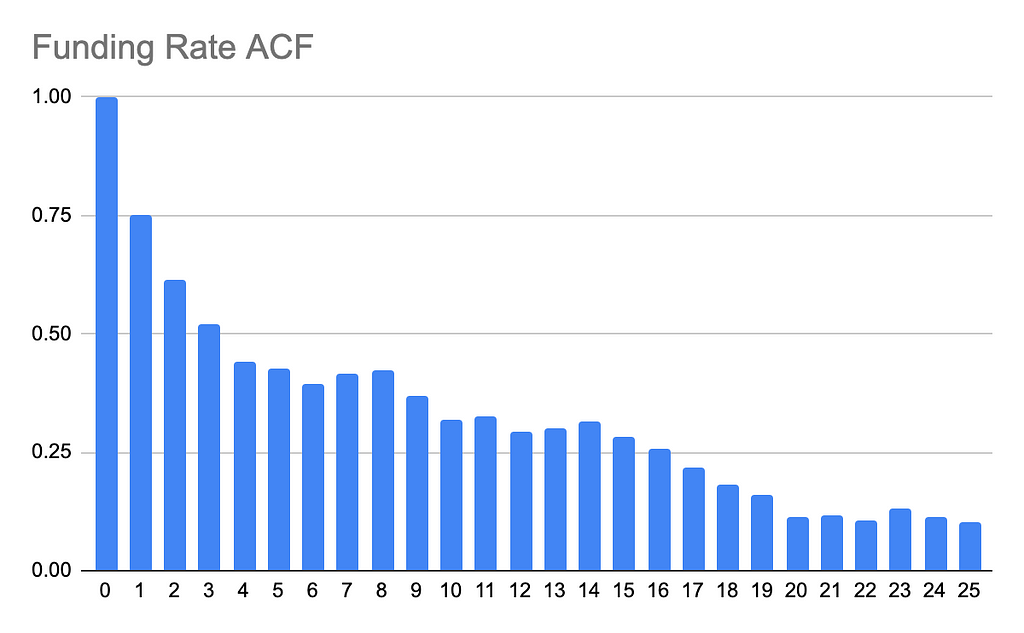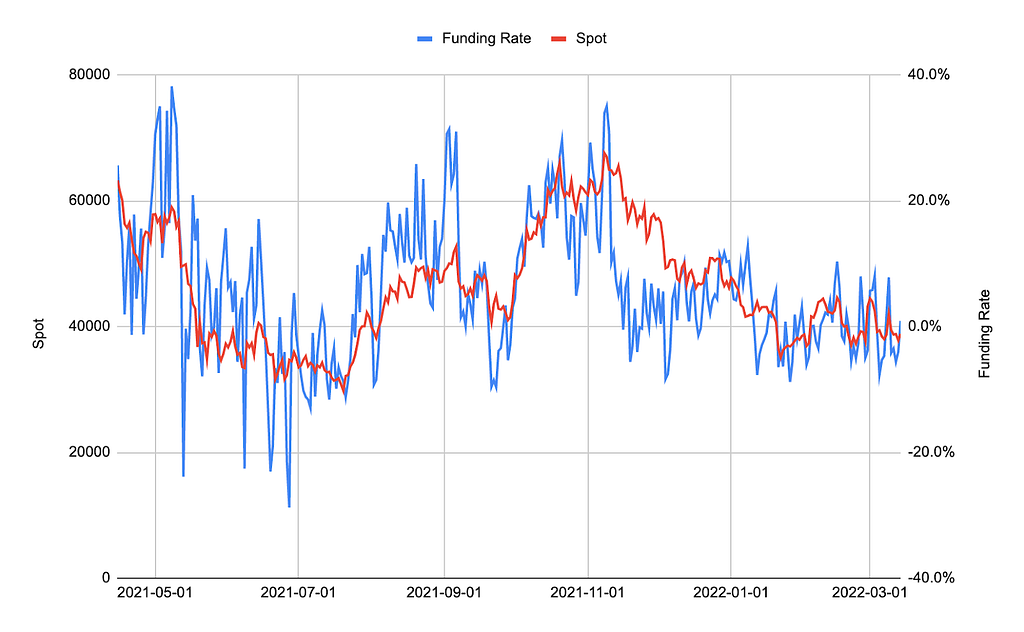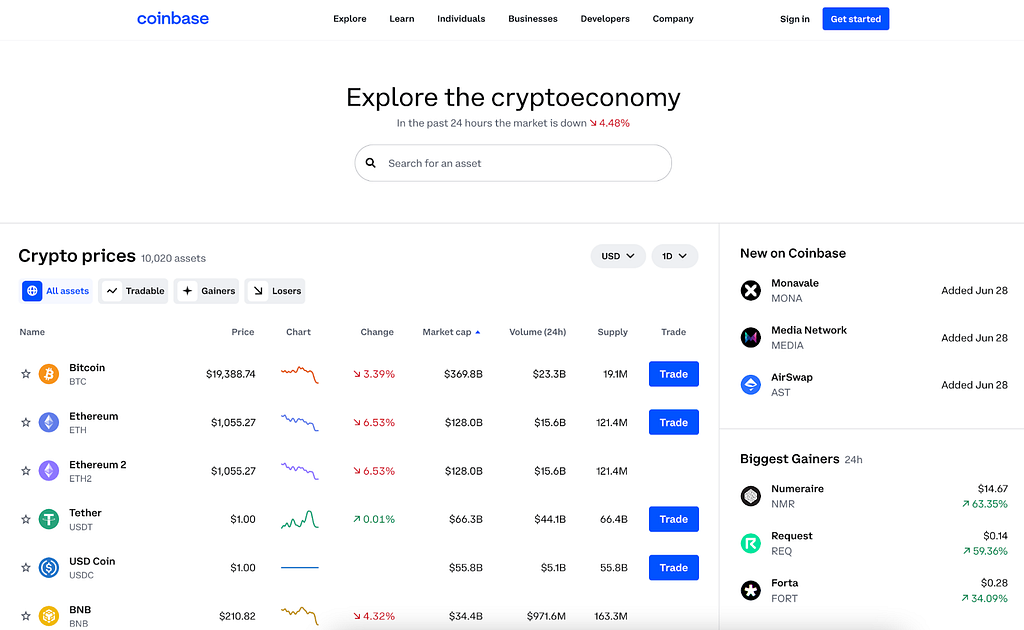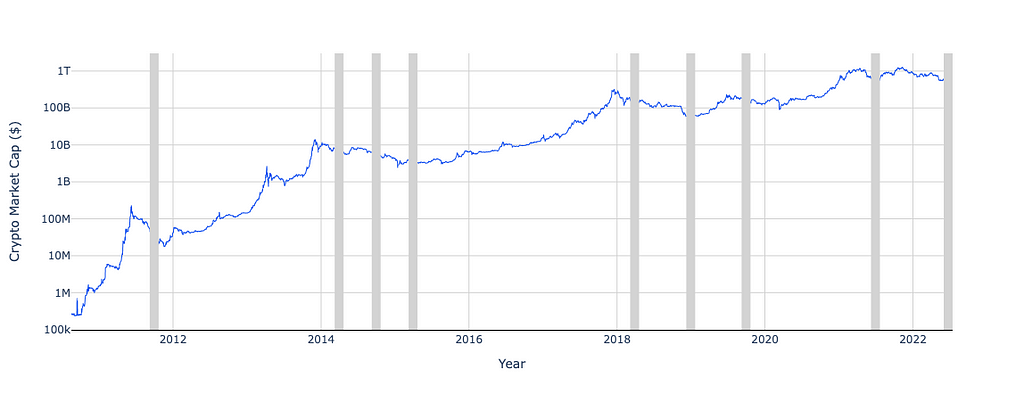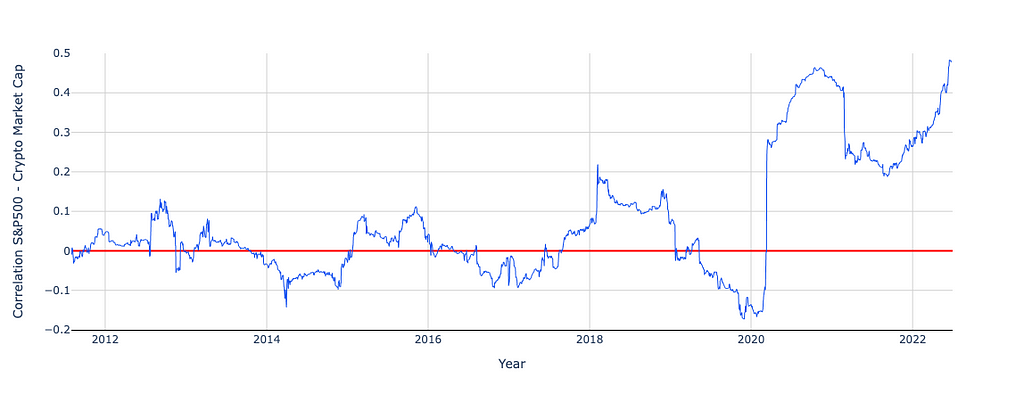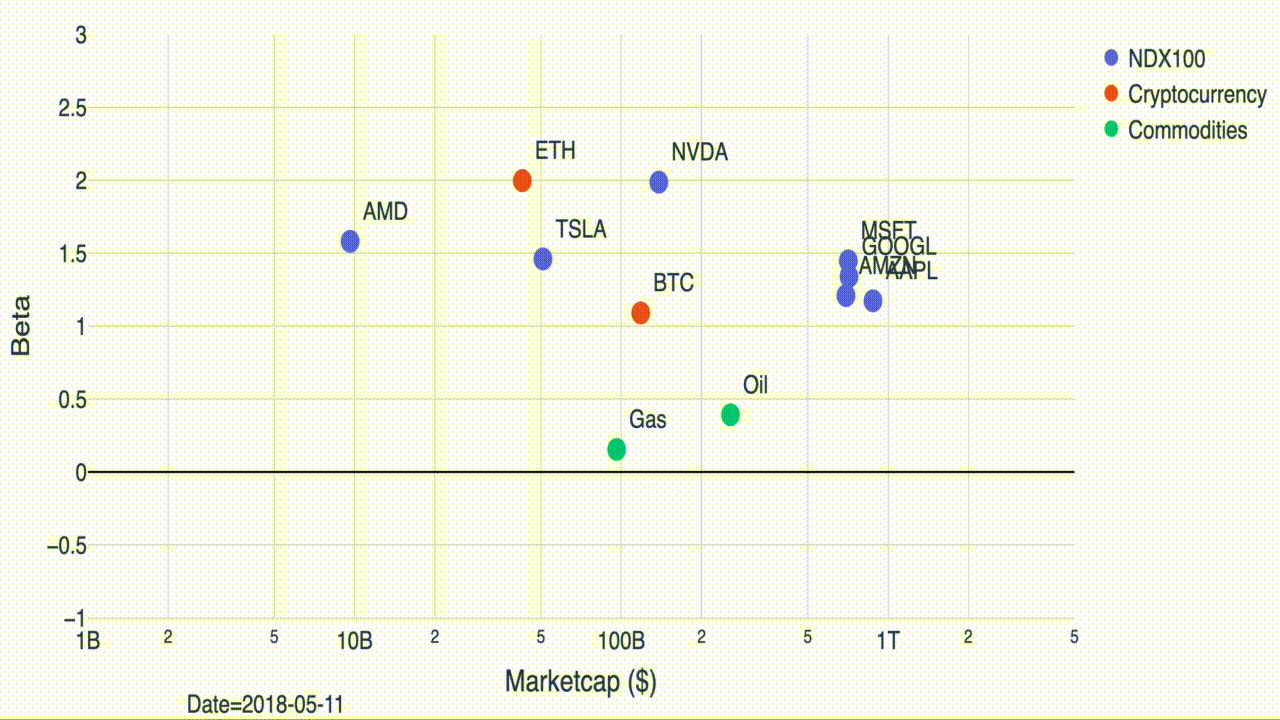Coinbase wins Best Prime Broker Award

by Brett Tejpaul, Head of Coinbase Institutional, and Elke Karskens, Head of EMEA Marketing
We recently won the Best Prime Broker Award in Hedgeweek’s annual European Digital Assets Awards. This success not only underlines the strength of our platform and our integral role within the cryptoeconomy, particularly in terms of further enabling institutional engagement, but also celebrates the incredible talents of our amazing team here at Coinbase.
Over the past three years we have seen widespread adoption of cryptocurrencies across the world. Coinbase now has over 13,000 institutional clients as of March 2022, including a wide range of banks, introducing brokers, pension funds, corporates, hedge funds and asset managers.
Increased adoption of crypto assets by institutional investors follows the wider trend of the asset class becoming more mainstream, underpinned by a belief in the range of benefits that can be unlocked.
The largest and most sophisticated hedge funds in the world have collectively decided that Coinbase offers the best crypto Prime Broker platform because of its extensive product suite and depth of experience in the sector. Our clients trust us as the largest crypto custodian that also combines multi-venue execution capabilities with a strong balance sheet to enable prime financing. Most clients also take advantage of our full suite of services that is completed by best in class data and analytics and staking directly from cold storage. The robustness of our operations is reinforced by our listing on NASDAQ and validated by the fact we are authorised and regulated by the New York Department of Financial Services.
As a market leader we will continue to work with individuals and other stakeholders in the wider financial and political world to shape policy to create a safer and more efficient financial system that’s accessible to all.
We would like to take this opportunity to publicly thank Coinbase’s entire institutional team for their hard work and dedication through an ever-shifting macro environment. We’re just as passionate and hungry as we’ve always been, and will continue to cement our position as the leading prime broker and digital asset custodian supporting institutions of all kinds in their engagement with the world of cryptocurrency.
Coinbase wins Best Prime Broker Award was originally published in The Coinbase Blog on Medium, where people are continuing the conversation by highlighting and responding to this story.






